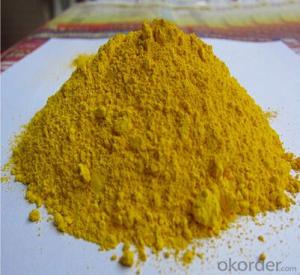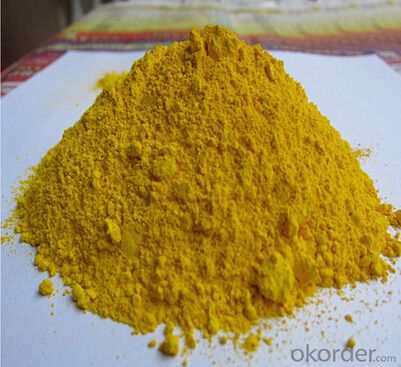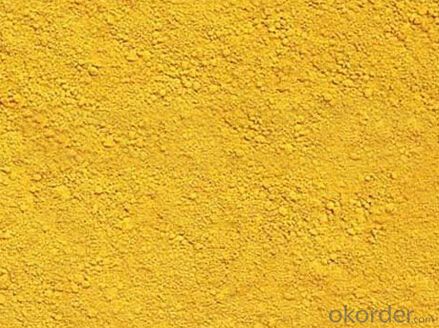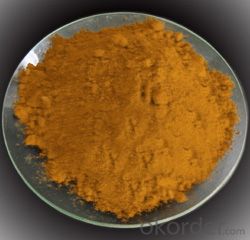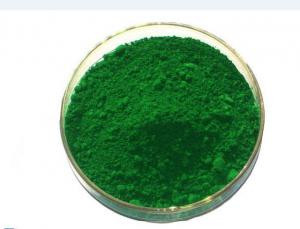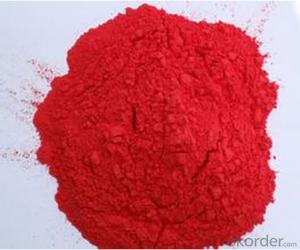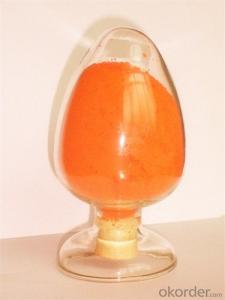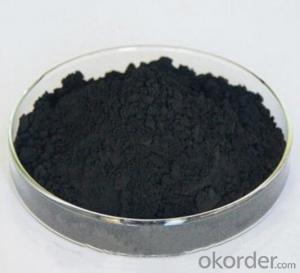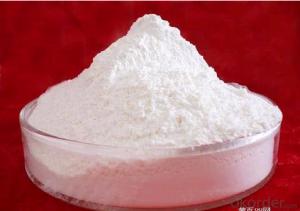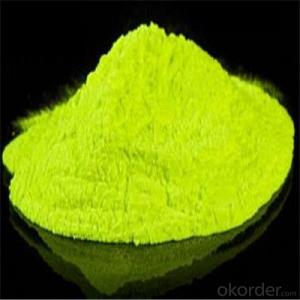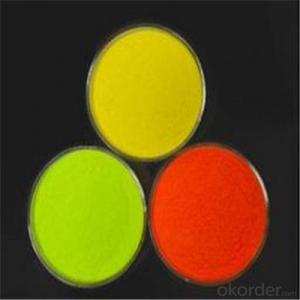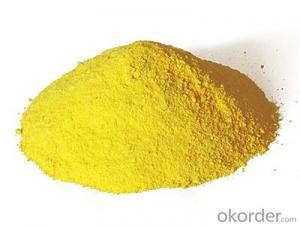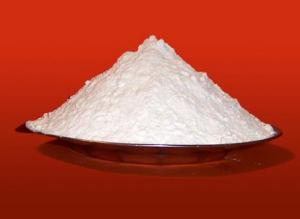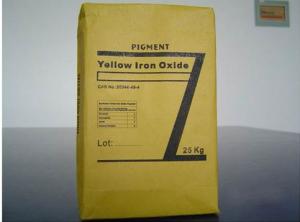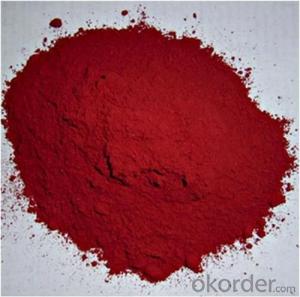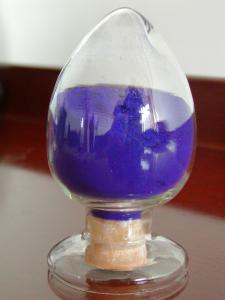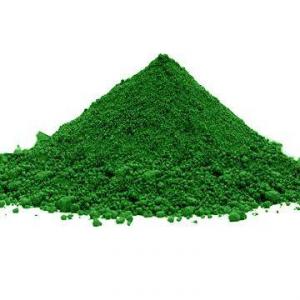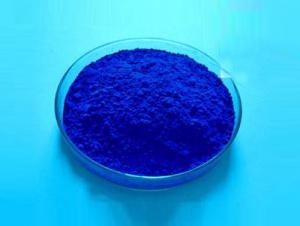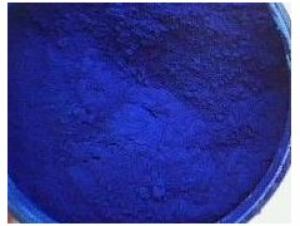Zinc Iron Brown Yellow Pigment Powder Building construction material
- Loading Port:
- Tianjin
- Payment Terms:
- TT OR LC
- Min Order Qty:
- 10 m.t.
- Supply Capability:
- 60000 m.t./month
OKorder Service Pledge
OKorder Financial Service
You Might Also Like
Zinc Iron Brown Yellow Specification:
Zinc iron brown yellow pigment is a kind of yellow color is darker, more used in painting, color masterbatch, plastic and other fields, zinc iron brown yellow compared with ordinary iron yellow, it has higher tinting strength and higher temperature tolerance.
Zinc iron yellow information:
Iron yellow pigment series: Zinc Iron Brown Yellow
Product color: Dark Brown
Pigments index: P.Y. 119
Paint ingredients: Zinc/Fe/O
The level of products: industrial grade
Zinc Iron Yellow Data Sheet:
| Type | Name | Color | Color Atla | Themperaturance tolerance(℃) | Color Index |
| PY-5119 | Zinc Iron Yellow | Yellow, Dark Red Phase | <1000 | P.Y.119 |
| Zinc Iron Yellow | Index | Zinc Iron Yellow | Index |
| Themperaturance Tolerance, ℃ | <1000 | Density, g/cm3 | 5.2 |
| 105℃ Volatile Matter, %(m/m) | ≤0.5 | Moisture,% | ≤0.2 |
| Hydrotrope, %(m/m) | ≤0.5 | Water Suspension PH | 7.0 |
| Others(45um Square hole sieve), %(m/m) | ≤0.1 | Oil Absorption, g/100g | 22 |
Zinc Iron Yellow Character:
Zinc iron yellow yellow pigment is a kind of red phase, compared with the ordinary iron yellow, it has higher tinting strength and higher temperature resistance;
Zinc iron yellow has excellent heat resistance, light resistance, acid resistance, alkali resistance, migration, high tinting strength, easy to disperse;
Zinc iron yellow is widely used in plastic, color masterbatch, coil coating, coating, fluorocarbon coating, and other fields;
Zinc iron Huang Ke used in painting, to draw the traditional Chinese painting or canvas, not easy to fade;
Zinc iron yellow does not contain heavy metals, belongs to the environmental protection paint.
Zinc Iron Yellow Pigment Useage:
Zinc iron yellow is widely used in plastics, masterbatch, coil coating, coating, fluorocarbon coating, and other fields;
Zinc iron yellow used in painting, to draw the traditional Chinese painting or canvas, not easy to fade;
Zinc iron yellow used in papermaking industry.


- Q: I need to find powdered paint or pigment that I can throw, for some photographs.Preferably cheap, and that wouldn't stain skin.I've looked into powder paint, though this tends to stain skin for about a week.Thanks :)
- Wear protective gloves if you don't want your hands stained. You should also be concerned because many pigments have toxic chemicals that can absorb through the skin.
- Q: Why do algae contain pigments other than just chlorophyll?
- To use other wavelengths to perform photosynthesis.
- Q: I Need a Bright Colorful High Pigmented Eyeshadow Pallet. i saw some on amazon. but Tehre Out Of stock. :[ Also i need bright colors like realllly bright
- (they are not all palettes that you'd be wanting, but it will give you a good idea of what is available) Otherwise, there are brands like Kryolan and Ben Nye that sell palettes for much cheaper and that have really nice colours (in fact, I remember seeing a MAC promo with behind the scenes pictures, and the makeup artist is actually using the Ben Nye palette to create the makeup look) I think you can only buy these online, but there are MANY websites that well these. I personally would suggest getting your makeup in person though, because you never know what the makeup will look like or how it will react unless you see it in person.
- Q: what is the pigment in hibiscus?
- Hibiscus flowers bear pigments of three types: carotenoids, anthocyanins, and flavonols. The exact pigments (all three of those types are actually sizeable families of similar chemicals) and the exact proportions depend on the color of the particular flower: there are literally several hundred species in the genus Hibiscus, and they come in all shades of red, pink, yellow, and orange. Carotenoids are oil-soluble, fairly stable pigments that come in all shades of red, orange, and yellow. Anthocyanins are water-soluble and significantly less stable: they're responsible for the blues, pinks, purples, and reds, and in high concentrations can produce colors so dark as to look black. Flavonols are the least vivid of the pigments: they produce pale pastel yellows, cream colors, and off-whites. (Plain white flowers usually have no visible pigment at all.) Flavonols actually do most of their color absorption in the UV spectrum: they're the plant equivalent of the melanin in human skin, keeping them from getting sunburnt.
- Q: I got this question from my A2 Biology but I can't find the answer. Does anybody know?
- Color. Chlorophyll a is light green. The accessory pigments, chlorophyll b is olive green, the xanthophylls are yellow/brown, and the carotenes are red.
- Q: i want to get mac melon pigment but i dont know what other eyeshadows to pair and blend it with. im looking for an everyday look. also what brushes to use with pigments?
- With the Melon pigment, I would recommend using warm, chocolate copper, bronze types of colors. It will provide a nice contrast to the melon while giving your eyes some added depth and definition. As far as brushes go, I like using the 252, large shader brush. This brush picks up pigment nicely and it has nice compressed/dense bristles so you can manipulate and lay the pigment down with greater ease. I like the #286 The dual fiber blending brush for pigments as well. It's made of natural fiber and synthetic fiber. This is a great brush because you really get 2 brushes in 1. With this 'blending' brush you can also use it for targeted color deposits and the synthetic fibers won't suck up what you just laid down and you will get a flawless, beautifully blended eyeshadow application.
- Q: What pigments take part in photosynthesis?
- Pigments are chemical compounds capable of absorbing certain wavelengths of light energy depending upon their color. A pigment will look the color of whatever wavelength it does NOT absorb, In photosynthesis there are two major classes of pigments 1) Chlorophyll-- which absorbs many light wavelenghts EXCEPT green- which comes in two forms, chlorophyll a which is possessed by most plants, algae and cyanobacteria and chlorophyll b found in both plants and green algae. 2) Carotenoids- pigments which look orange and brown and pass the energy on to chlorophyll for use in photosynthesis, hence their name of accessory pigments.
- Q: what are accessory pigments?
- Accessory pigments are light-absorbing compounds, found in photosynthetic organisms, that work in conjunction with chlorophyll a. They include other forms of this pigment, such as chlorophyll b in green algal and higher plant , while other algae may contain chlorophyll c or d. In addition, there are many non-chlorophyll accessory pigments, such as carotenoids or phycobiliproteins which also absorb light and transfer that light energy to photosystem chlorophyll. Some of these accessory pigments, particularly the carotenoids, also serve to absorb and dissipate excess light energy, or work as antioxidants. The different chlorophyll and non-chlorophyll pigments associated with the photosystems all have different absorption spectra, either because the spectra of the different chlorophyll pigments are modified by their local protein environment, or because the accessory pigments have intrinsic structural differences. The result is that, in vivo a composite absorption spectrum of all these pigments is broadened and flattened such that a wider range of visible and infrared radiation is absorbed by plants and algae. Most photosynthetic organisms do not absorb green light well, thus most remaining light under leaf canopies in forests or under water with abundant plankton is green, a spectral effect called the green window. Organisms such as some cyanobacteria and red algae contain accessory phycobiliproteins that absorb green light reaching these habitats. For more kindly click on the links below --- en.wikipedia.org/wiki/Accessory_p... en.wikipedia.org/wiki/Photosynthe...
- Q: what is the function of pigment molecules in photosynthesis?
- Pigment Molecules
Send your message to us
Zinc Iron Brown Yellow Pigment Powder Building construction material
- Loading Port:
- Tianjin
- Payment Terms:
- TT OR LC
- Min Order Qty:
- 10 m.t.
- Supply Capability:
- 60000 m.t./month
OKorder Service Pledge
OKorder Financial Service
Similar products
Hot products
Hot Searches
Related keywords
